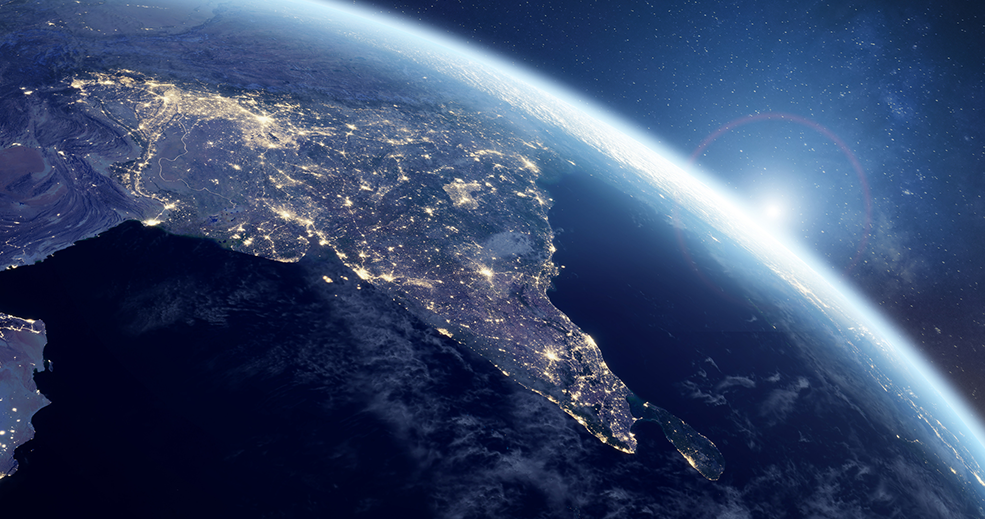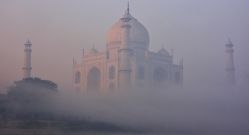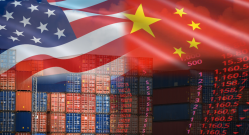
India: in the international spotlight in 2023
India’s multilateral agenda looks set to be very full in 2023, with the country holding the presidency of not only the G20 but also the Shanghai Cooperation Organisation (SCO). These twin roles nicely illustrate the ambiguous position India is cultivating on the international stage.
On the G20 front, India sees itself as advocating for the Global South, particularly on issues connected with over-indebtedness, and is calling for “a globalisation that does not create climate crisis or debt crisis”. This is a thinly veiled criticism of China, the world’s number one creditor, which still refuses to cooperate with the Paris Club or share its data. Most contracts entered into with other emerging countries even include non-disclosure clauses or clauses excluding the Paris Club, further complicating negotiations.
When it comes to the Shanghai Cooperation Organisation, India is keen to champion security issues relating to international sovereignty and territorial integrity, once again aimed at China. Tensions along the border in the highlands of Ladakh ratcheted up further in the latter part of 2022, boiling over into skirmishes between the two armies.
Naturally, it is India’s stance towards Russia that has generated the most comment: although a member of both organisations, Russia did not attend the last G20 summit in Bali and it has yet to be confirmed whether Vladimir Putin will attend the Delhi summit this September. Indian Prime Minister Narendra Modi backed out of his traditional bilateral summit with the Russian president.
Be that is it may, Indian imports from Russia have surged over the past year, rising from 2% to more than 8% of total imports as a result of India buying huge amounts of very attractively priced Russian oil. Meanwhile, with Indian exports to Russia holding steady, the bilateral trade deficit has deepened significantly. India is thus paying the price for its longstanding reliance on oil (which accounted for 30% of its total imports in the fourth quarter of 2022), which has simply shifted from the Gulf states to Russia.
Having access to cheaper oil is not only of benefit to the external accounts: it has also made it slightly easier for India to manage its inflation trajectory. With transport and energy accounting for around 15% of the price index (nearly 50% of the basket consists of food products), the inflation rate has remained relatively low at under 8%.
In December, inflation reached 5.7% year on year, lower than the eurozone’s 9.2%. This has also enabled the Central Bank of India to pursue more accommodative monetary policy, raising interest rates very gradually (with five hikes totalling 225 basis points since April 2022, bringing interest rates to their current level of 6.25%) so as not to put too much pressure on economic activity or new lending, which was very buoyant last year (up 15% year on year).
While energy prices don’t explain everything – India has also benefited from its status as a relatively closed economy, affording it some protection against imported inflation – Russian discounts have inevitably helped. They have also enabled the government to make savings: subsidies towards agriculture, energy and fertilisers account for 1.9% of India’s GDP – a number that fluctuates with the prices of these three components. And India’s finance minister will surely have that in mind when he unveils his budget on 1 February.
Although growth figures for the 2022/2023 fiscal year will not be known before March, the government is banking on the economy having grown by around 7% – a level that is the envy of many G20 and SCO members, China included. India is counting on using its G20 presidency to put itself in the international spotlight and defend a highly ambitious agenda. Economically speaking, India sees itself as advocating for the rest of the Global South on issues of debt, development aid and the climate. But India is also keen to take advantage of the ongoing reconfiguration of global trade – and in particular technological decoupling in the semiconductor sector – to attract new investors. The most recent is Taiwan-based Foxconn which, together with Indian conglomerate Vedanta, is set to invest $19.5 billion in developing production facilities in Gujarat.
This multi-alignment strategy, dreamed up by Foreign Minister Subrahmanyam Jaishankar, is thus aimed at fostering dialogue with everyone while serving India’s interests as closely as possible. It is ultimately nothing new and follows in the footsteps of the non-aligned movement of the 1950s, when countries refused to pick sides between the Soviet and US blocs. However, with the world becoming increasingly polarised and each bloc endeavouring to rally its trusted allies and reliable partners, this strategy is also fraught with danger. India might well have become the world’s most populous country and its fifth-largest economy (“We have surpassed those who ruled us for 250 years”, as Narendra Modi sarcastically put it); the fact remains that it is still a poor economy and a second-rate trading partner for most of the world’s economies. This reduces the window of opportunity: India’s faux neutrality could end up irritating both blocs. This is especially true since, for an investor, India continues to be an administrative and bureaucratic nightmare where possibilities are still limited by a lack of infrastructure and connectivity. It will be up to Narendra Modi to use his year in the spotlight to demonstrate otherwise.











